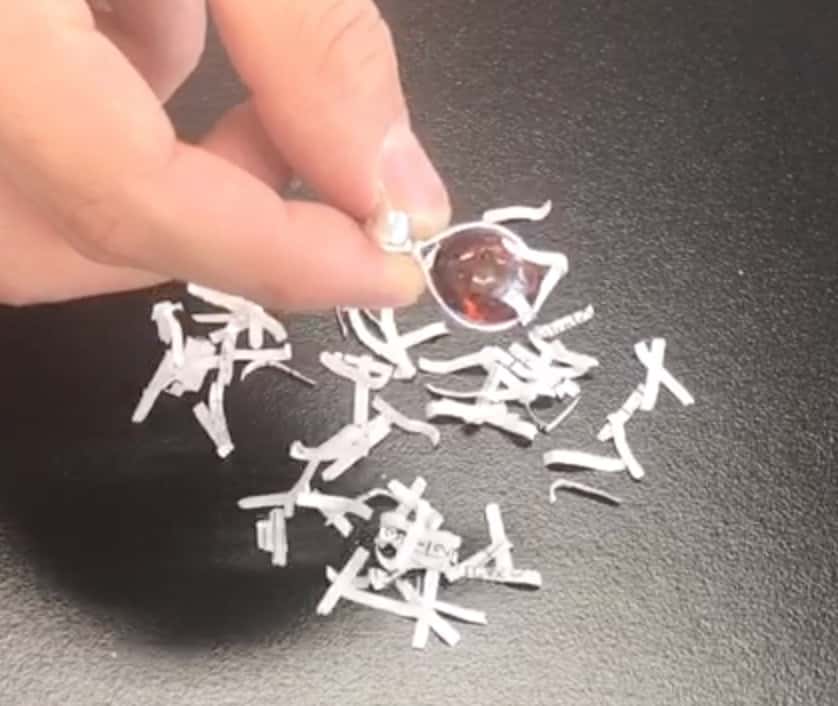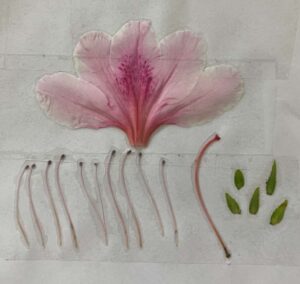The Shocking Truth: How a Gemstone Named “Amber” Gave Us “Electricity”
Meet Ken Kuwako, the Science Trainer. Every Day is an Experiment.
Electricity is essential to our daily lives. With a flick of a switch, a room lights up; charge your phone, and you’re connected to the entire world. This familiar force—electricity—is all around us, but did you know that the word “electricity” actually originates from a beautiful gemstone?
Today, we invite you on a small, time-traveling science journey to trace the surprising etymology of electricity.
The Word for “Electricity” Comes From… Amber?!
In English, we call it “electricity.” Even in Japan’s Edo period, the static electricity generator created by Gennai Hiraga was named “Erekiteru.” This term, “elec,” actually comes from the ancient Greek word for “amber”—”ēlektron.”
Amber is a type of fossil, formed from tree resin that has solidified over long periods underground. It has been a popular choice for jewelry since ancient times due to its beautiful yellow and orange glow.
Why is Amber Connected to Electricity?
So, why is this beautiful gemstone related to the concept of electricity?
Our story goes back about 2,500 years to ancient Greece. Philosophers like Thales noticed a strange phenomenon: when amber was rubbed with a cloth, it would attract small pieces of paper or dust. This happens because the friction causes the amber to acquire a “static charge.”
More specifically, when two objects rub together, negatively charged particles called “electrons” can move from one object to the other. Amber has a tendency to gain electrons, so when it was rubbed with a cloth, it became negatively charged and pulled in nearby bits of debris.
This mysterious force was humanity’s very first step in recognizing the existence of “electricity.”
See Amber’s Power in Action!
“Does rubbing amber really do something?” We tried it ourselves. Check out the video below!
As you can see in the video, rubbing the amber makes it attract paper scraps. For this experiment, we used shredded paper. If you have an amber accessory at home, try gently rubbing it with a tissue and bringing it close to tiny torn pieces of tissue. (※ Please be careful not to scratch your valuable jewelry.)

The attractive force that amber (ēlektron) possesses came to be known, after the Greek word, as the “electric force.” Then, when the invisible, tiny particle responsible for this phenomenon was discovered at the end of the 19th century, it, too, was named after the Greek word for amber: the “electron.”
Isn’t it fascinating how a small discovery in ancient Greece is connected across time to the words “electricity” and “electron,” which underpin our modern lives?
Want to Know More? The World of Static Electricity
For a more detailed explanation of why static electricity occurs, please check out this article:
Check Out These Cool Experiments Using a Static Electricity Generator (Van de Graaff)!
We’ve also published fun experiments using the Van de Graaff generator. These include demonstrations conducted on TV programs with celebrities like Suzu Hirose, Ryohei Suzuki, Yasuko, and Chocolate Planet’s Osada and Matsuo. Find out more here.

※ Please ensure that any experiments using a static electricity generator (Van de Graaff) are conducted only with the supervision of a specialist. Please proceed with caution if you try this. For requests regarding static electricity experiments (classes, TV supervision, appearances, etc.), please contact us here.
Inquiries and Requests
Bringing the wonders and fun of science closer to you! We’ve compiled easy-to-understand tips and exciting science experiments you can do at home. Feel free to search around!
・The content of our science blog has been turned into a book. Find out more here. ・Learn more about the administrator, Ken Kuwako, here. ・For various requests (writing, lectures, experiment classes, TV supervision, appearances, etc.), click here. ・Updates are posted on X!
![]() We post experiment videos on the Kuwako Science Channel!
We post experiment videos on the Kuwako Science Channel!


